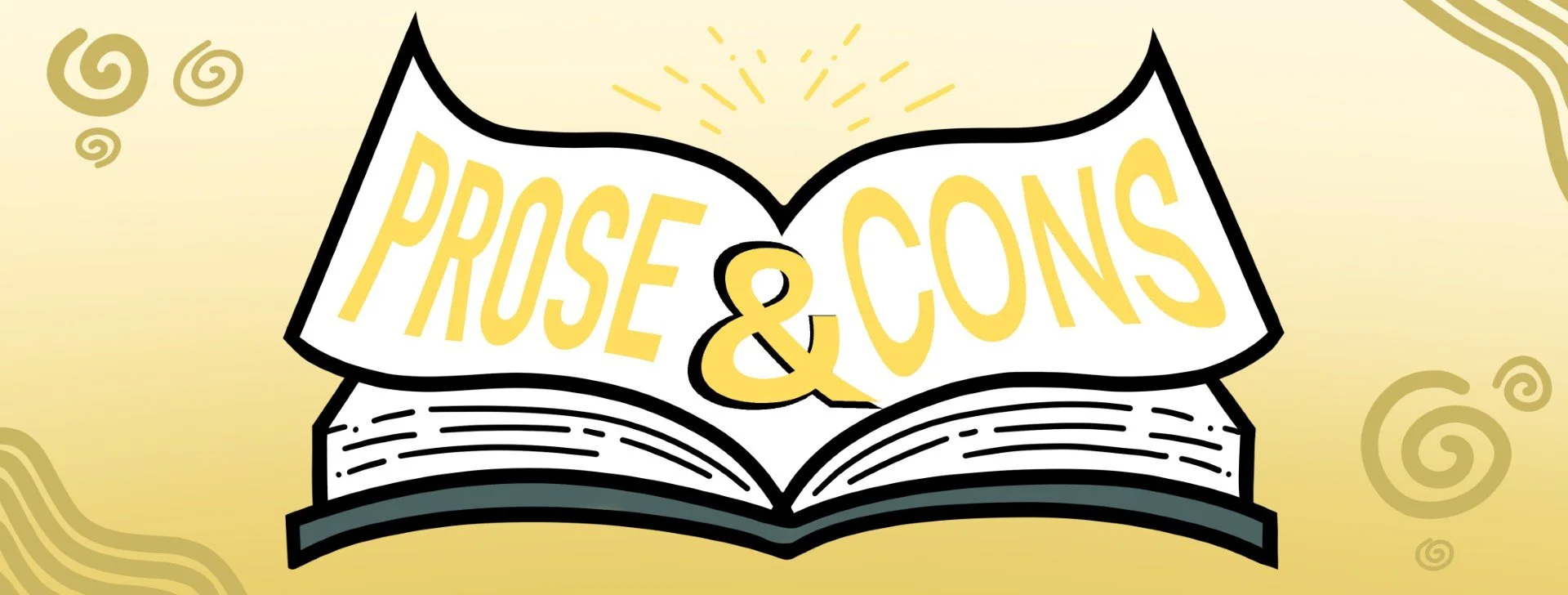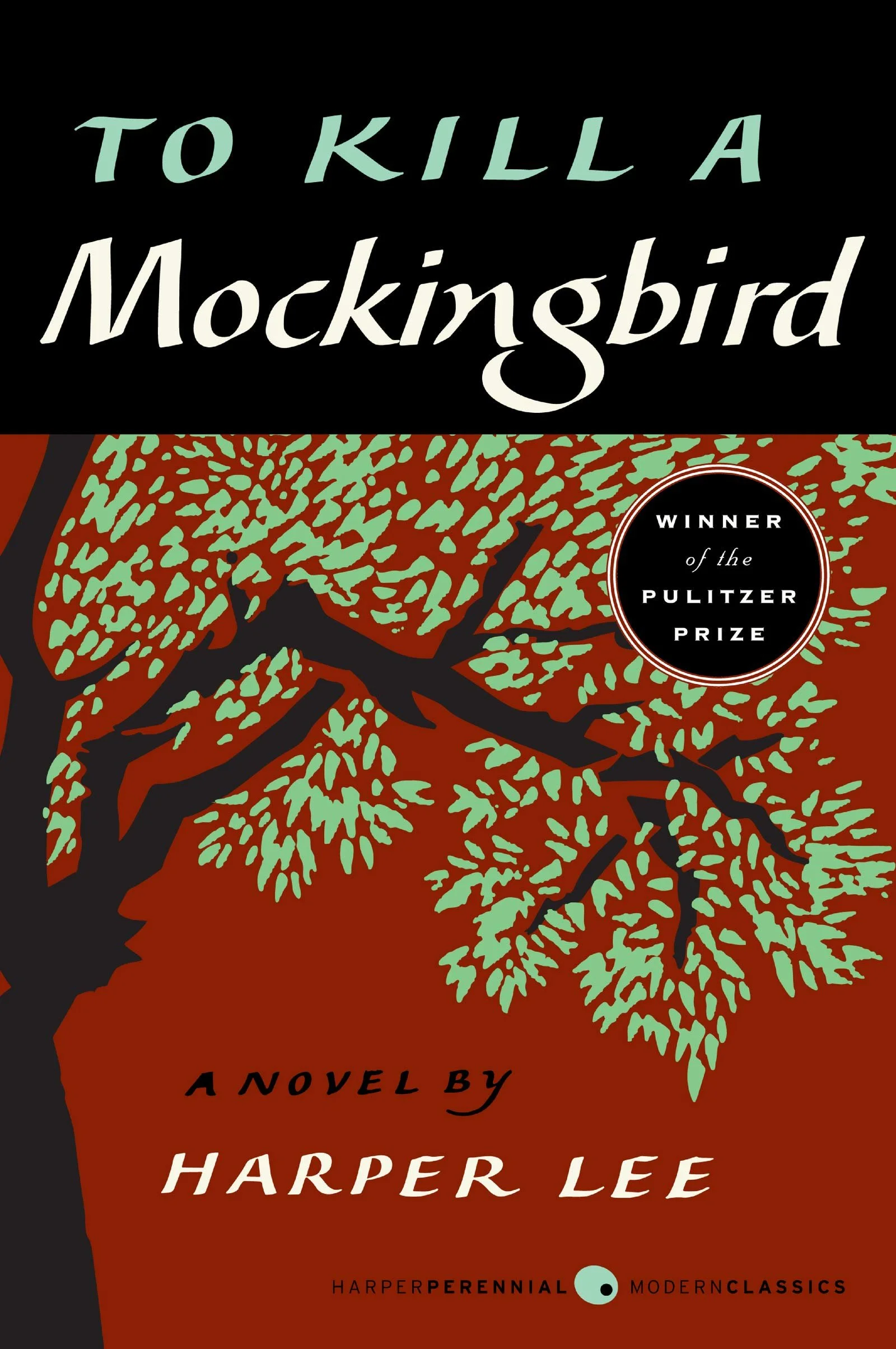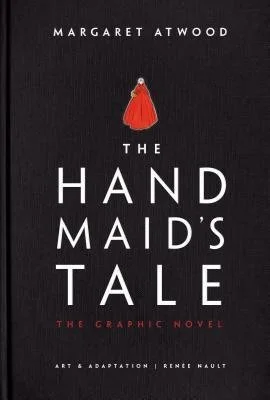Three Must Read Literary Fiction Novels
/Literary Fiction novels are known to be challenging reads. Focusing primarily on the development of characters and away from the plot which most books focus on. For many (myself included) you often fail the first time reading the novel, putting it down after a few short chapters...or pages.
However, Literary fiction is some of the most thought provoking and relevant pieces of literature even decades later. Many of the classics are considered timeless due to their themes and how they relate strongly to our current world. Today we will be looking at 3 must read books in the Literary Fiction category and why you should read them!
1. To Kill a Mockingbird by Harper Lee
Cover art by Shirley Smith
To Kill a Mockingbird is a timeless coming-of-age story set in the deep South during the 1930s, where navigating childhood crosses over with harsh societal truths. Through the eyes of young Scout Finch, we experience a world shaped by racial injustice, small-town secrets, and quiet courage. When her father, Atticus takes on a dangerous case defending an innocent Black man in a deeply prejudiced town, she begins to learn what is morally right and how societies perspectives shape those around her.
This story teaches you the innocence of a child and the prejudice/racism that can be (or cannot be) bestowed onto them if you choose to. As well as the need to change your own perspective to view the world in a different light. The title itself displays meaning of innocence, as killing a mockingbird is to kill one of their innocence. To Kill a Mockingbird is truly a life changing book with messages crucial for the time it was written and again right now. Works like this need to be read due to how it accurately depicts our society today and makes us view things we may have never thought of before. It leaves me (and many others) with an impact on how to change societal ‘norms’ and behaviours for the better.
2. 1984 by George Orwell
Cover Art by Shepard fairey
In a dystopian future, revolving around a man named Winston Smith that lives in a totalitarian regime controlled by Big Brother. He as well as the rest of the citizens in Oceania are under constant surveillance, unable to speak out against the government or disobey the rules they must follow. Winston, who works for the Ministry of Truth, a branch of the government responsible for rewriting history from fact to fiction, to follow the ideologies of the party, tries to retaliate against the government. The real question is whether he will succeed in his retaliation?
1984 discusses themes of propaganda and thought control displayed through the government. It shows how one’s own freedom can be taken away from them and how history can be wiped if the government says to do so. It is a timeless piece of writing that makes you think about what is being presented to us in the media and how we are to believe in the story we are being told. 1984 is a crucial read, especially right now, as it lets you reflect on current events going on in the world and the impact they can have on society.
3. The Handmaid’s Tale by Margaret Atwood
cover art by renée Nault
The Handmaid’s Tale is a chilling vision of a near-future theocracy where women are stripped of autonomy and reduced to their biological function. In the oppressive Republic of Gilead, Offred, a handmaid forced into reproductive servitude, navigates a world ruled by surveillance, ritualized violence, and twisted religious dogma. Told through her inner monologue, the novel blends psychological depth with dystopian dread as she clings to memories of freedom and quietly resists erasure.
Another story that accurately describes the realities of our world before we knew it would happen. The Handmaid’s Tale shows us the control the government has over women’s bodies and the unjust use of them. Stripping anyone of their rights is morally wrong, however it is already happening in our own world today.
Sometimes reading literary fiction can be hard as it hits close to home. Accurately depicting our lives, leaving us with a more sinister feeling than horror book ever can. These stories hide truths and bring these matters to our attention so we can stop them from happening before they happen. If there is any takeaway from this, is to read these stories, learn their lessons, and keep them with you as you go about your daily lives.
photo by Brayden Seguin
Emily Viola-Rae is an Ottawa writer, who graduated high school in 2023 at St. Mary’s Secondary School, Cobourg, ON. She is currently enrolled at Algonquin College for Professional Writing. Aspiring to become a well-known author you can often find her writing away on her computer or lost in her own world of books and music! As she learns to find her own voice in writing, join her on an adventure through literary fiction and the connections they have in our lives that we might not have ever noticed before.








